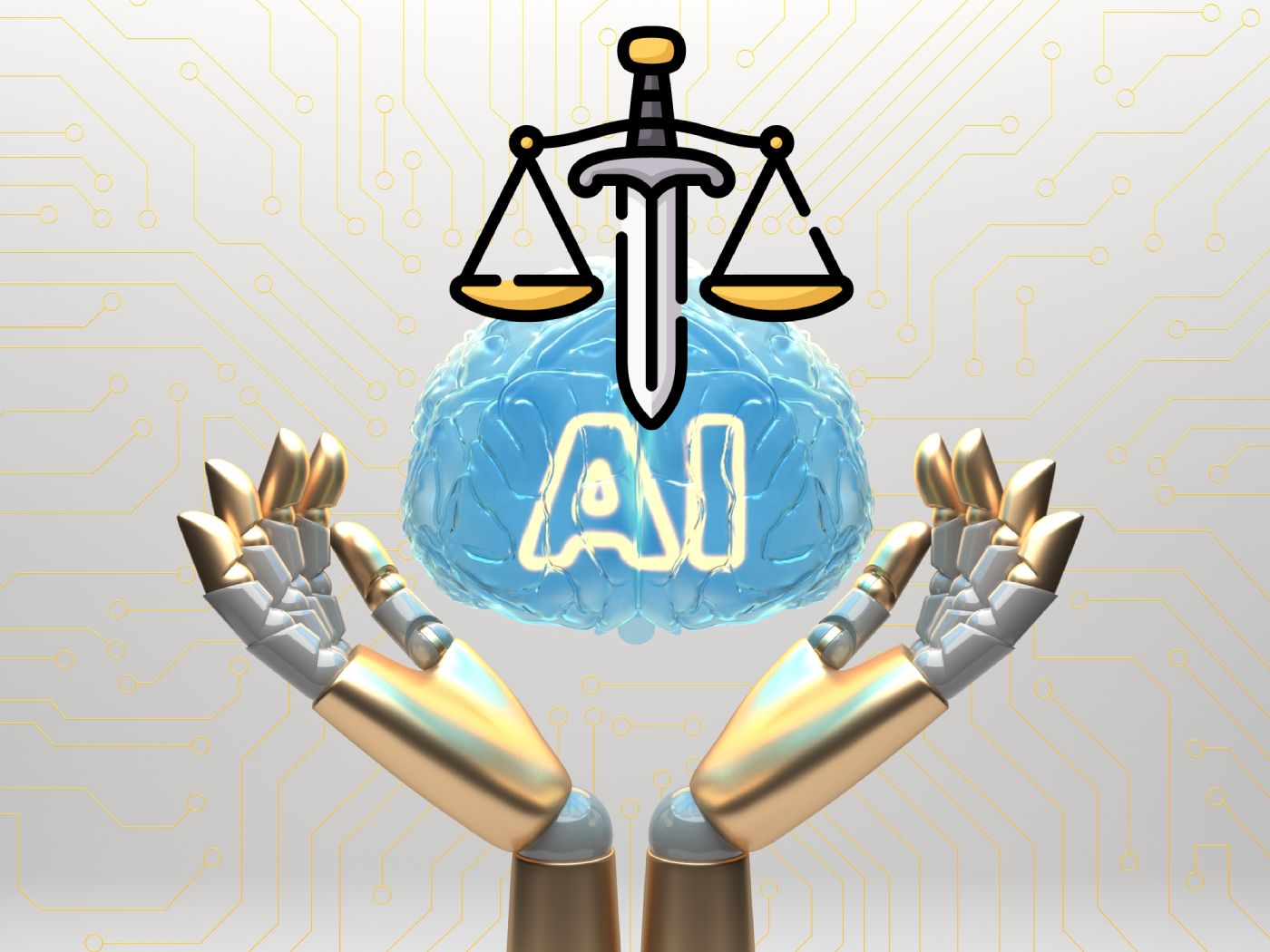As the world rapidly moves into an era of digital transformation, AI has emerged as a game-changer in numerous sectors, including the intricate realm of immigration law. While AI is unquestionably revolutionizing the way we handle immigration cases, it also presents new challenges and considerations for immigration lawyers, employers, and staffing companies.
How USCIS is Leveraging AI
USCIS itself is making use of AI to expedite and improve its case processing and analysis of application’s consistency across data and documents . Automated systems are being used for document sorting, data analysis, and identification of patterns and inconsistencies that may indicate fraud or non-compliance.
This increased efficiency from USCIS underscores the need for lawyers and employers to be proactive. When USCIS leverages AI to scrutinize cases, it becomes more important than ever for those preparing immigration applications to ensure complete accuracy and compliance. Here, AI-powered tools can provide invaluable assistance, helping to predict and address issues that USCIS may flag. Check for more info at the bottom ‘References’ section
The Upside of AI in Immigration Law
AI brings a multitude of advantages to the immigration law practice. For example, AI-powered platforms like immiONE’s CaseONE are leveraging cutting-edge technology to offer potentially unmatched efficiency and accuracy – predictive, generative and supportive analytics with compliance in mind. Automated data capture and validation, risk assessment, letters and forms generation, automated RFE analysis and response generation as a copilot and collaboration features are some of the capabilities that help professionals stay ahead of potential challenges, even before they attract the attention of USCIS.
Such advanced systems assist lawyers by streamlining their workflow, reducing manual effort, and increasing data accuracy. Employers and staffing companies also benefit, as these tools allow for effective compliance checks and efficient case management, thereby speeding up the immigration process for prospective employees.
The Potential Downside and Mitigation
Despite its numerous advantages, the rise of AI in immigration law also brings potential challenges. One concern is the over-reliance on AI, which could potentially lead to the devaluation of human expertise and intuition. While AI excels at handling data and identifying patterns, the nuanced understanding and ethical judgement required in legal practices still rest firmly in the realm of human abilities.
To ensure a healthy balance, the key is to view AI as a tool to enhance, not replace, human skills. Lawyers should leverage AI for its efficiency and predictive capabilities, while still maintaining active involvement in decision-making and client interactions.
The Path Ahead
In conclusion, the incorporation of AI in immigration law practice is not a matter of ‘good’ or ‘bad’ – it’s about how we harness this powerful tool. By leveraging AI’s strengths and acknowledging its limitations, we can navigate a path that elevates the practice of immigration law to new levels of efficiency and effectiveness. AI is not a substitute for human expertise, but a potent ally that, used correctly, can help us anticipate and address challenges in a proactive manner. The AI revolution in immigration law is here to stay, and it’s time for us to ride the wave.
Now that you have learnt how USCIS leveraging AI & automation for immigration cases management, we invite you to take a free demo of immiONE to explore possibilities through AI & automation for your practice.
References
